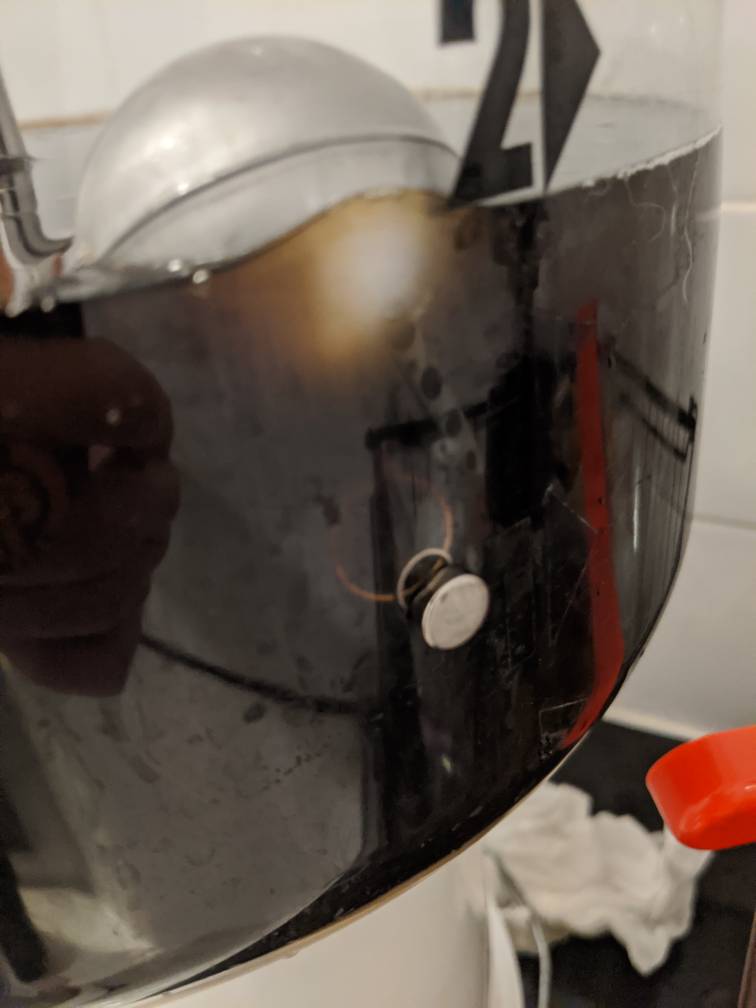I do a gravity powered closed transfer rather than a pressurized transfer. I start with a keg that is filled with CO2, but not under pressure.
The fermenter spigot will spray beer if it's under pressure, even when the spigot is closed. But with this method it works like a charm -- no problems with the spigot.
View attachment 619630
When I first started doing closed transfers I would fill the keg with CO2 by first filling it with StarSan, then pushing it out with bottled CO2. I've since learned that fermentation will produce enough volume of CO2 to effectively purge an empty keg, so I stopped using bottled gas for that and started capturing fermentation gas:
View attachment 619631
To prevent air from being pulled backward through the airlock (and into the keg) during cold crashing, I use a mylar balloon on top of the fermenter to capture some CO2. The hose to the balloon is clamped off for the first day or two of fermentation, to give time for the headspace in the fermenter to be purged by fermentation. After that the clamp is opened, there's no need to touch it again -- everything takes care of itself during cold crashing.
The first photo shows the balloon clamped off on the first day, and the second shows it when it's been allowed to fill.
View attachment 619632





























































